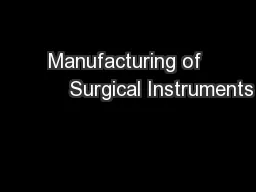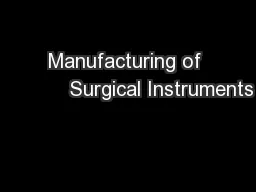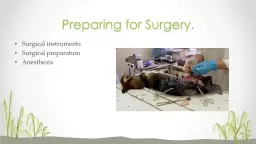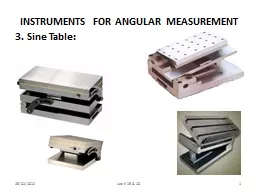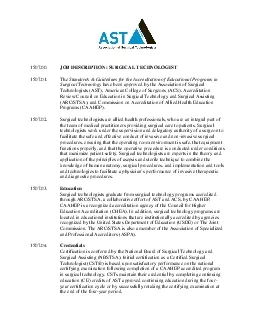PPT-Manufacturing of Surgical Instruments
Author : karlyn-bohler | Published Date : 2017-04-24
Mitch Pearson CSSD Consultant Aesculap Inc Prehistory Objects such as bones ivory bamboo and stones were used to remove foreign material from wounds Classical
Presentation Embed Code
Download Presentation
Download Presentation The PPT/PDF document "Manufacturing of Surgical Ins..." is the property of its rightful owner. Permission is granted to download and print the materials on this website for personal, non-commercial use only, and to display it on your personal computer provided you do not modify the materials and that you retain all copyright notices contained in the materials. By downloading content from our website, you accept the terms of this agreement.
Manufacturing of Surgical Instruments: Transcript
Download Rules Of Document
"Manufacturing of Surgical Instruments"The content belongs to its owner. You may download and print it for personal use, without modification, and keep all copyright notices. By downloading, you agree to these terms.
Related Documents

